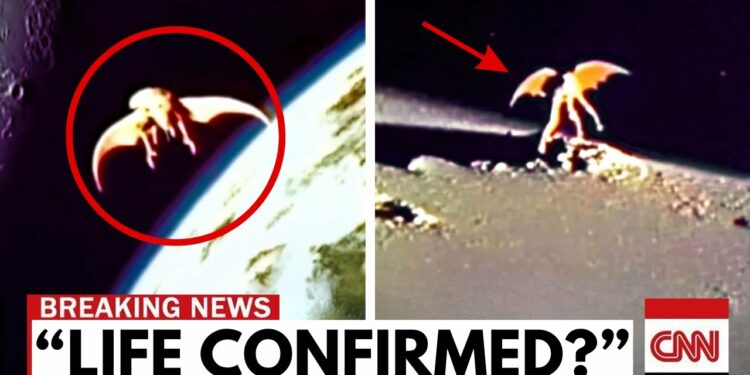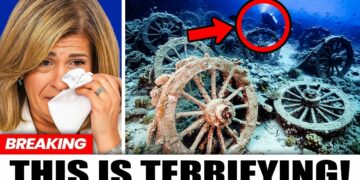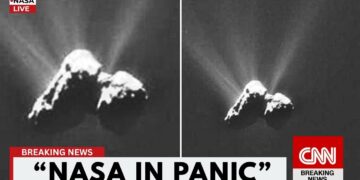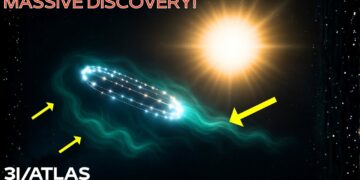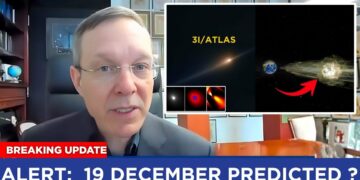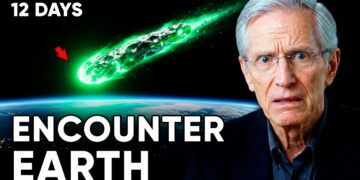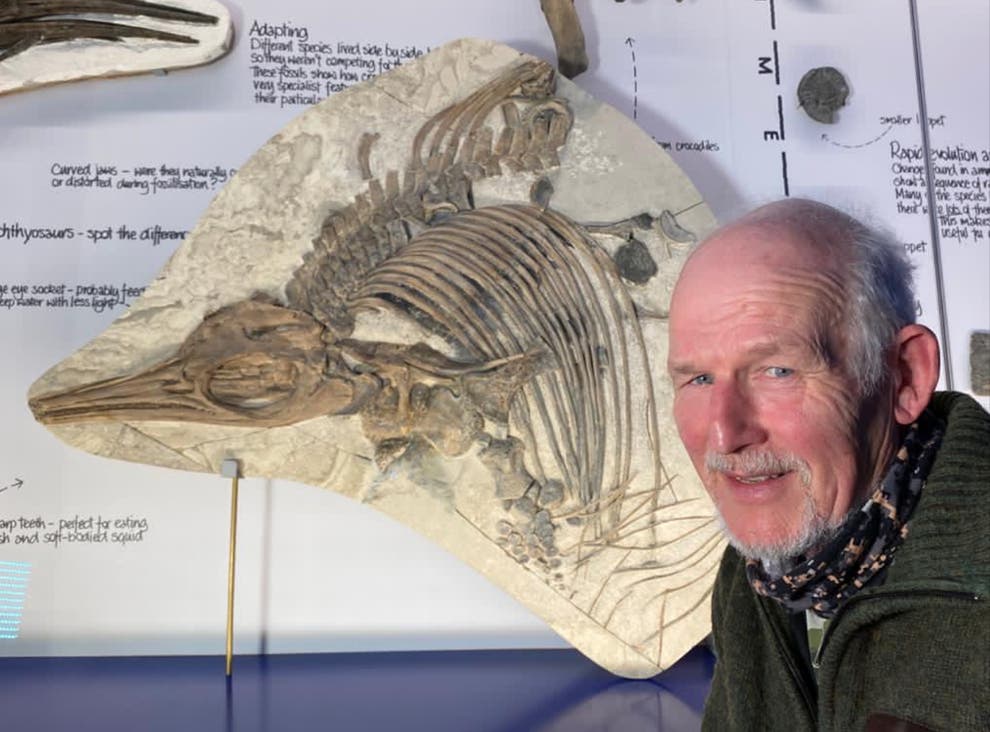In the vast expanse of our galaxy, filled with frozen gas giants, barren rocky worlds, and endless silence, one planet stands out as a rule-breaker: K2-18b. Orbiting a cold red dwarf star over 110 light-years away in the Leo constellation, this alien world may be the closest we’ve come to finding an Earth-like planet with potential for life. For years, astronomers detected intriguing signs—first water vapor, then carbon-based molecules. Now, the James Webb Space Telescope has revealed unprecedented details about its atmosphere, shaking the scientific community with the clearest biosignatures ever observed on an exoplanet. These are gases that, on Earth, are produced only by life. This is no longer speculation; it’s data, signaling that we may not be alone.
K2-18b, classified as a Hycean world—a hybrid of an oceanic planet with a hydrogen-rich atmosphere—is larger than Earth, with 2.6 times its radius and 8.6 times its mass. It resides on the edge of its star’s habitable zone, where liquid water could exist. Unlike Mars’ dry wastelands or Jupiter’s scorching gas clouds, K2-18b likely hosts a global ocean beneath a thick hydrogen atmosphere that maintains mild temperatures and shields it from radiation. The James Webb Telescope confirmed water vapor, carbon dioxide, and methane in its atmosphere—key ingredients for organic life. Together, these gases in a hydrogen-rich environment suggest biological processes may be active beneath its waves.
In 2025, Webb’s Mid-Infrared Instrument (MIRI) delivered a bombshell: the detection of dimethyl sulfide (DMS), a compound on Earth almost exclusively produced by marine phytoplankton. This is akin to finding oxygen on Mars—a strong indicator of biology. Additionally, dimethyl disulfide (DMDS), another complex molecule tied to microbial activity, was detected. These findings, in an environment rich with water and carbon compounds, have led scientists like Cambridge astrophysicist Nikku Madhusudhan to propose that K2-18b may teem with microscopic alien life. These are not speculative claims but verified, statistically significant molecular signatures, prompting serious consideration of a living alien ocean.
What kind of life might exist on K2-18b? If DMS is produced by organisms, scientists suggest phytoplankton-like microorganisms, using the faint red light of their star for photosynthesis. Others propose filter-feeding creatures, akin to Earth’s early multicellular life, drifting in nutrient-rich waters. Some even speculate about low-gravity organisms capable of limited atmospheric movement, resembling alien flying fish. K2-18b may mirror Earth 3–4 billion years ago, when life first bloomed in its oceans, potentially transforming its atmosphere as Earth’s early biosphere did.
As evidence mounts, a debate emerges: should we attempt contact? Some, like physicist Mark Buchanan, warn that reaching out could expose Earth to unknown risks or harm a fragile alien ecosystem. Ethical philosopher Dr. Anthony Milligan emphasizes a moral duty to tread carefully. Conversely, Avi Loeb argues advanced life may already know of us and might dismiss our signals. Any message to K2-18b would take 120 years to arrive and another 120 for a reply, so for now, we wait as data accumulates, confirming the ocean’s likely existence and challenging the notion that we’re alone.
K2-18b’s spotlight has shifted priorities among space agencies and private companies. While no propulsion technology can reach it in less than centuries, plans for next-generation telescopes like NASA’s LUVOIR and HabEx, and similar projects by the European Space Agency and China’s CNSA, aim to monitor exoplanets with greater precision. The Breakthrough Starshot initiative proposes sending microscopic probes at 20% light speed, potentially reaching K2-18b in 500 years—a blink in cosmic time. Humanity may never set foot there, but we could send a message to life beyond.
The discovery’s implications extend beyond science. Religious leaders, philosophers, and spiritual thinkers grapple with its meaning, some seeing it as evidence of a universe designed for life, others expressing fear or denial. Social media buzzes with hashtags like #K2Alive and #OceanWorld, while documentaries and fiction adaptations emerge. Governments remain cautious, but a subtle shift is underway: humanity realizes it’s no longer just exploring but being observed. This fosters global unity, not in fear, but in awe.
Calls for planetary protection ethics grow, proposing “exobiological sanctuaries” for planets like K2-18b, to be studied from afar to avoid contamination. Astrobiologist Dr. Monica Vidaurri argues that if life exists, it’s evolved independently for billions of years, and we have no right to interfere. Proposals for interstellar “no-fly zones” reflect a deeper understanding: observation doesn’t justify invasion. This life, even if microbial, is our first confirmed cosmic kin, urging us to listen before acting.
K2-18b’s significance lies not only in potential alien life but in what it reveals about ourselves. It may host oceans and primitive organisms, echoing Earth’s ancient past. Observing it is like peering back at our origins, reminding us of life’s fragility and our planet’s rarity. It could offer insights into how life begins and evolves, aiding efforts to protect Earth’s biosphere. This discovery unites science, faith, and wonder, suggesting life is not an exception but an expectation.
K2-18b is no longer a distant dot in a telescope’s database. It’s a window into possibility, whispering the same chemical secrets as Earth. The James Webb Telescope’s findings—water, methane, carbon dioxide, and potential biosignatures—shift the question from “Are we alone?” to one of confirmation. K2-18b may be the first, but thousands of similar worlds await. As we gaze at this watery giant, we’re not just discovering the universe—we’re discovering ourselves.
What do you think? Is K2-18b home to life? Should we send a message or remain silent? If this proves we’re not alone, what will humanity become? Share your thoughts, and if this cosmic journey inspires you, spread the word to those who still wonder at the night sky. The universe feels vast, but tonight, it’s a little smaller and far more alive.

